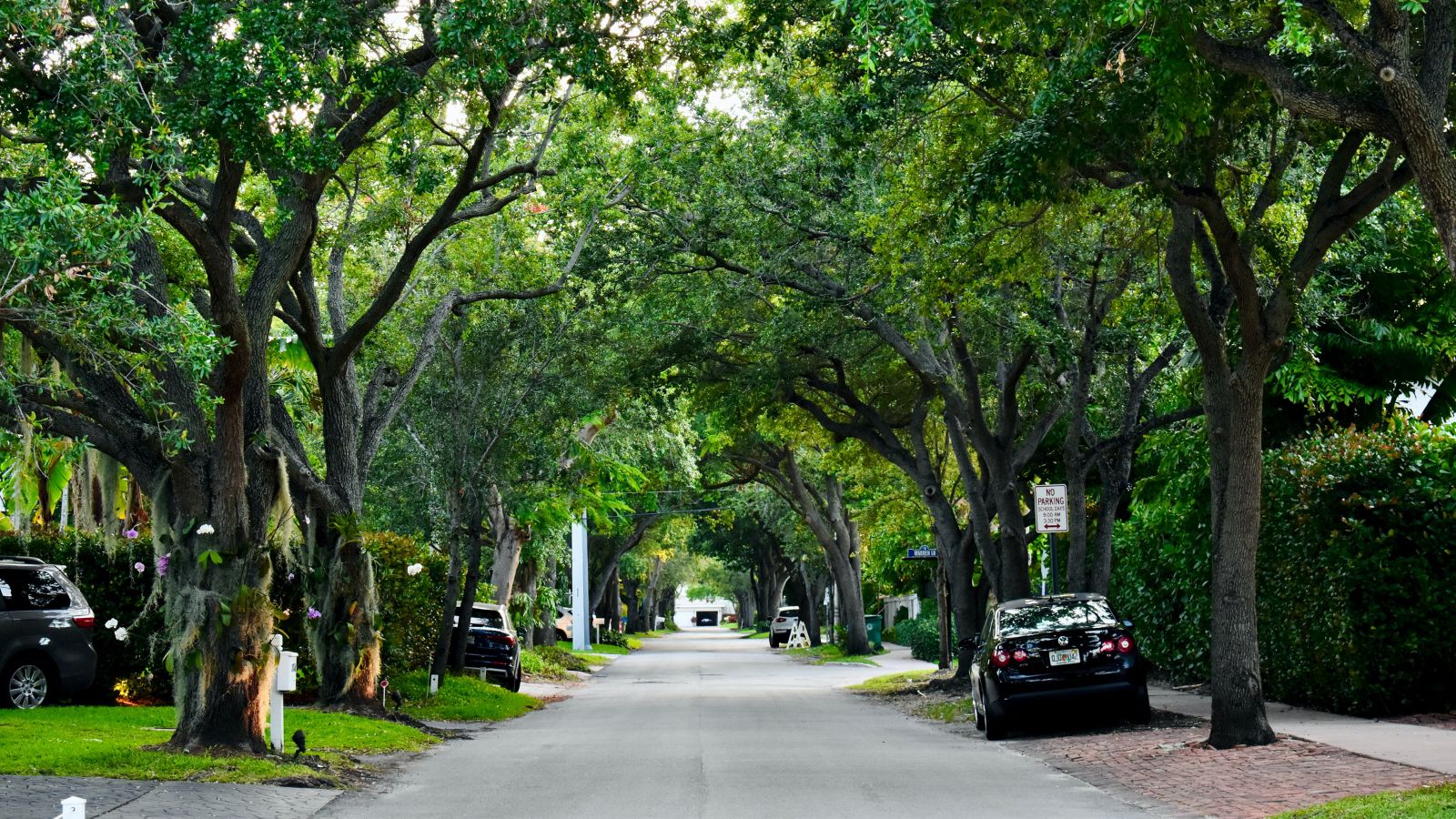Tree-lined streets are beautiful and beneficial. Trees absorb planet-warming carbon dioxide as they grow, and help keep urban areas cool on hot summer days.
But some city neighborhoods have few trees.
“The wealthier, whiter neighborhoods generally have significantly more canopy cover than do our neighborhoods that are primarily people of color and those in poverty,” says Molly Henry of the nonprofit American Forests.
Her group recently created a free online tool that shows where taking action could reduce this disparity.
It assigns a “tree equity score” to 150,000 different neighborhoods across the country. The score is based on tree canopy coverage data and demographics such as population density, race, and income.
Henry says cities and nonprofits can use the tool to prioritize where to focus new tree-planting projects. And residents can use the data to advocate for more investment in their communities.
“We tried to make it so that it is something that’s easy to use and that can be used not just for decision-makers, but really like from the ground up to really advocate on behalf of your community or as a community member yourself,” she says.
Reporting credit: Ethan Freedman / ChavoBart Digital Media
Source link


